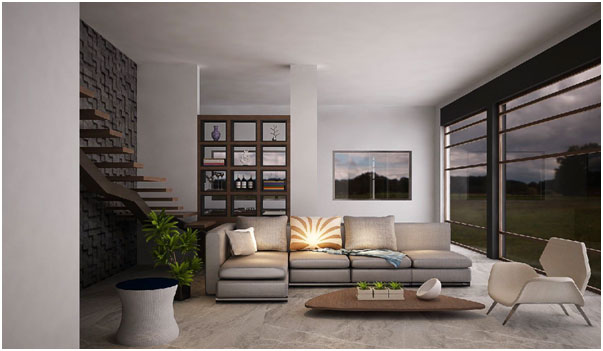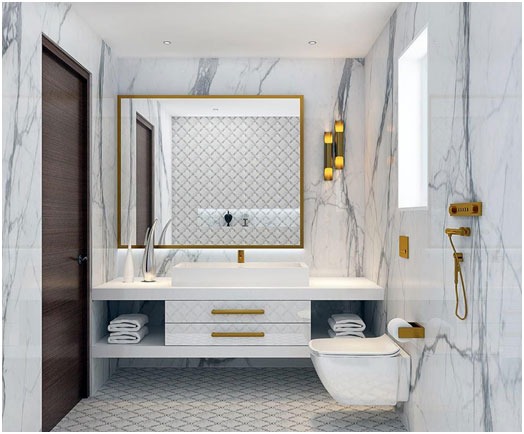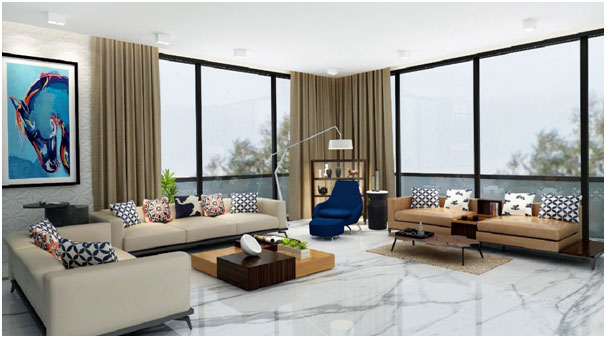REEL VS REAL

Virtual Reality Vs Sketches: Where Do You Get the Ingenious Edge?
Architects have tried many things to acquaint prospective clients – drawings, mood boards, and PowerPoint presentations. Virtual reality has gained currency among architects all around and for good reasons.
It might have already happened to you on one or more occasions that after putting a considerable effort into an architectural presentation, you have failed to impress the client.

You have added finer details, created an inspirational mood board with forty different drawings and after one hour of going on and on about the different aspects of your project, all you got was an ambiguous “we’ll think about it and let you know” from the client.
Was the client not satisfied? Most likely. Should you blame yourself? Why should you? You did everything in your discretion but it didn’t work. So you have to make a choice at this moment. Either you dismiss the case of rejection as an isolated incident or you pull your socks up to take your presentation to another level. An effective way to

Virtual Reality Vs Mood boards and Sketches: Where Do You Get the Competitive Edge?
Architects have traditionally perceived VR as a super-technological game – much fun, but useless. However, thanks to the tremendous advancements of 3D rendering technologies, VR can now improve the workflow of an architect and radically improve your communication with the client. If you are still thinking drawings and mood boards can do the trick for you, skim through these benefits of 3D rendering based virtual reality for architects and interior designers.

You can change the parameters
Sketches and mood boards always present static pictures. Even if you go for photorealistic rendering, you need to redo everything for changing something. However, with virtual reality, you can make changes during the presentation and also enable your client to compare various options. Therefore, if the client doesn’t quite like a particular shade of red, you may show the same effect with cherry red tiles.

More value added to the product
It goes without saying that the quality and reliability of architectural services is critical to project success. However, the quality of overall services is as much important as the quality of architectural services. This includes clear and coherent communication with the prospective client as well. Now, given the present market scenario, almost everyone is using sketches and mood boards. That’s the bare minimum for surviving on the market. However, virtual reality can set your brand apart as you can create an astonishing presentation with the help of 3D rendering and VR. Moreover, use of VR speaks volumes about your company’s approach toward new technologies.
Retaining attention of the client
It’s actually difficult to retain someone’s attention through an hour of presentation. If you are presenting your idea before only a few of the decision-makers of a company, it’s highly likely that they will get distracted from your presentation midway. It might be a phone call from a colleague, or a landscape just behind the window, or a message on Skype. VR will make it easier for you to retain the attention of the client, which is highly important for getting the project.
As a client, how can you avoid paying for design work you don’t want? Making sure you know what you’re getting before you have it built helps.
Today there is no better way to understand and have a feel for new design than to see it in 3-D. Rather than your having rely on imagination to see if the bathroom door will be far enough away from the kitchen, 3-D allows you to virtually walk through your home before even approving any specs or designs. Want to see that living room wall with bay windows? No problem. Want to check out the view from the window? Step right up. Changed your mind and now want no windows? Hold on a sec.
PLUS ONE INTERIORS
is a fast and efficient way to get involved in every part of the design process. When architects actually design with you, the client — and present other, different or better options — you’ll be better equipped to make informed decisions on a design that’s perfect for you.


- It helps you avoid paying for work you don’t want. Having a clear understanding of your project before construction begins is the best method to significantly reduce the problem of unnecessary charges.
With all that said, there is definitely no substitute for having an experienced architect who understands the permit process and building codes. While 3-D design can be helpful to you and your architect, know that great designs do not come from computer programs. They come from design professionals who have spent countless hours designing, reviewing plans, improving details and listening to everything you want in your home.
- Three-D design can help cut down on changes after construction has begun. Reducing the amount of changes during construction can help save time and money. But it can be hard to do until you really understand what the space will look and feel like, which is where 3-D design comes in.
- Designs can change and evolve in real time, during meetings with your architect. Meetings are the best way to be included in the design process and to make sure nothing is overlooked.
What does a design presentation in 3-D look like? It could be a fly-through video or multiple perspective views of your project. I’ve found that the most efficient and productive 3-D design meetings are in the conference room with everyone sitting around the flat-screen, walking through the project room by room. This usually always brings up design questions, and changes can be made to the model during the meeting for instant results.
- Understanding traditional 2-D floor plans and elevations can be difficult. Many people can get the general idea from a floor plan but have trouble visualizing how the design is going to look. Being able to see and experience your design in 3-D will help you understand how it is going to work. The more you understand the look and feel of your design, the more comfortable you’ll be at making decisions.
As a client, how can you avoid paying for design work you don’t want? Making sure you know what you’re getting before you have it built helps.
Today there is no better way to understand and have a feel for new design than to see it in 3-D. Rather than your having rely on imagination to see if the bathroom door will be far enough away from the kitchen, 3-D allows you to virtually walk through your home before even approving any specs or designs. Want to see that living room wall with bay windows? No problem. Want to check out the view from the window? Step right up. Changed your mind and now want no windows?
